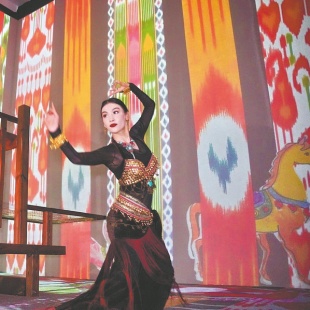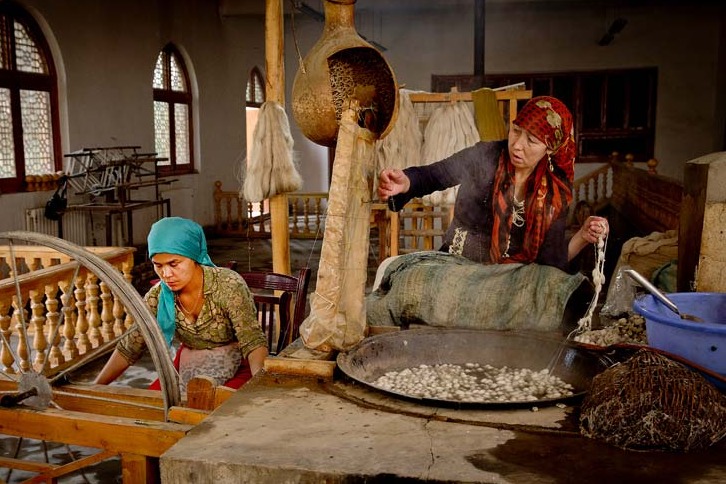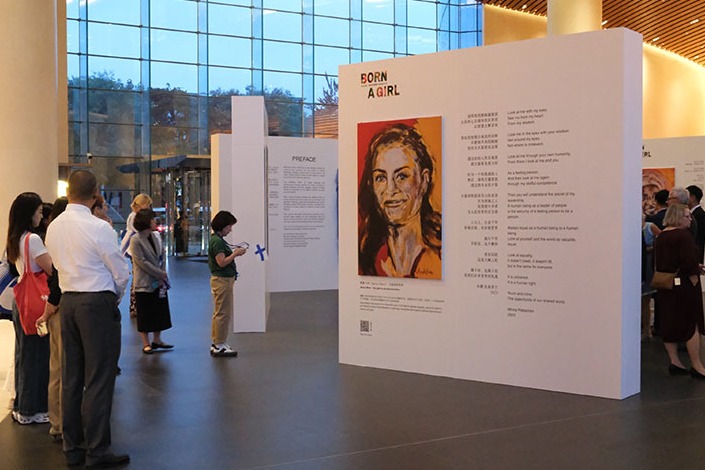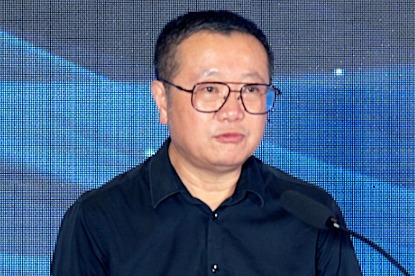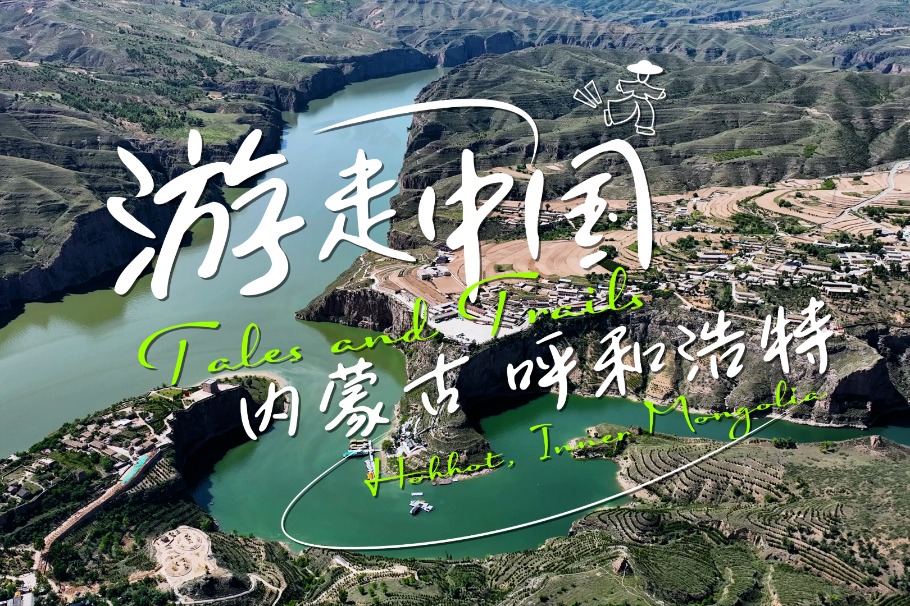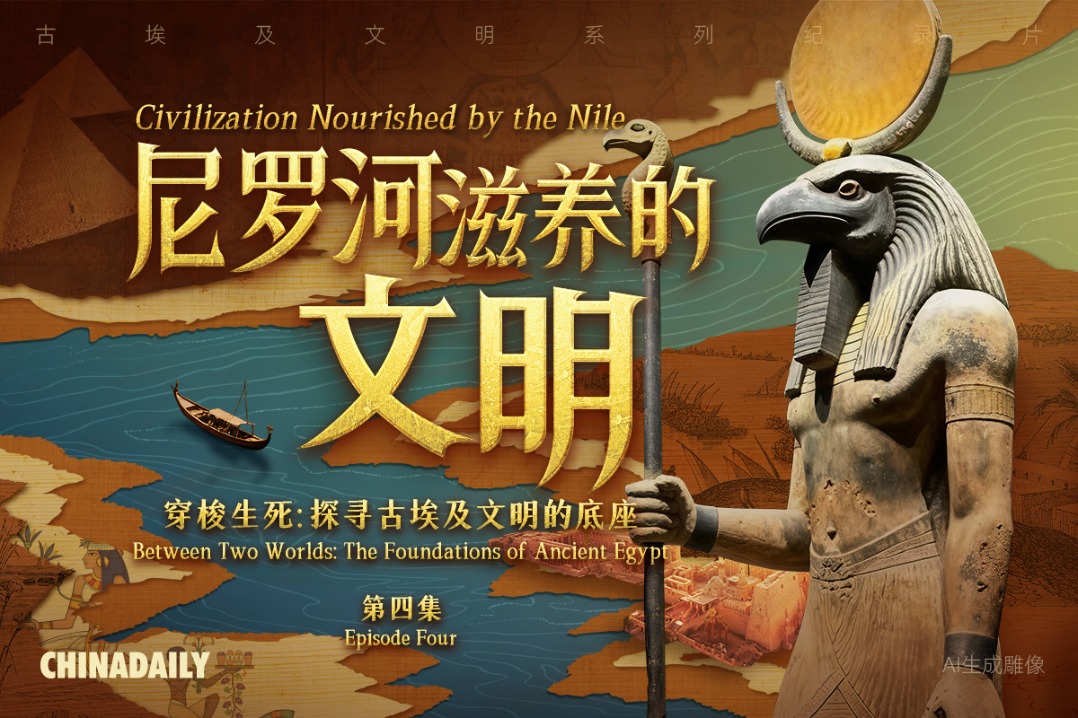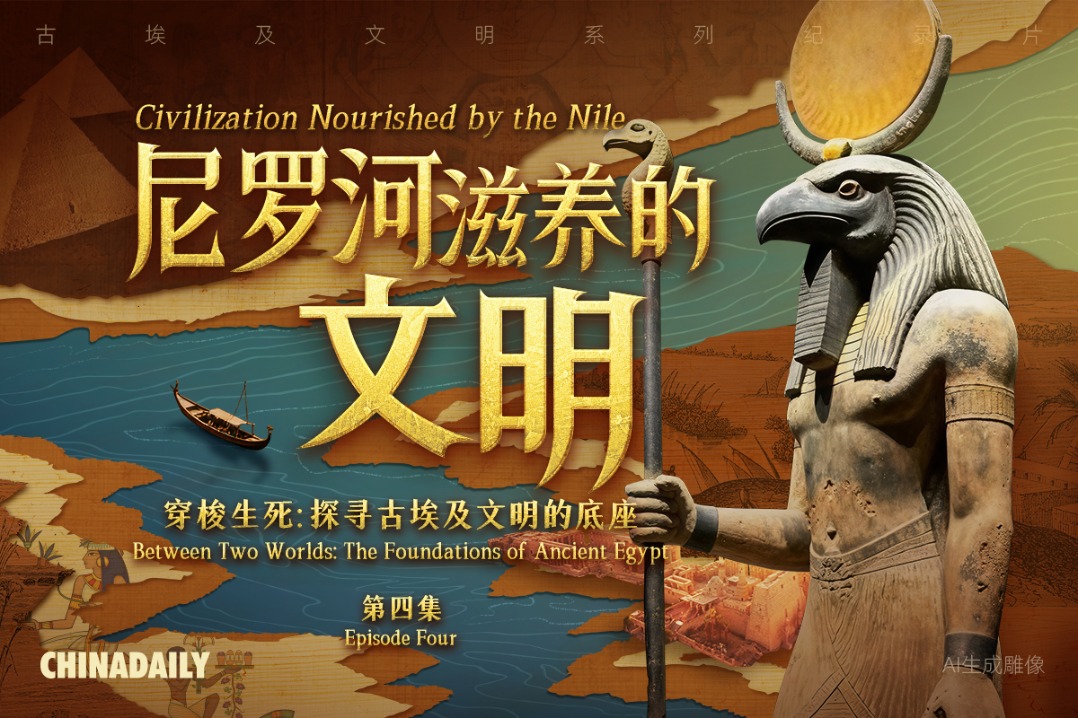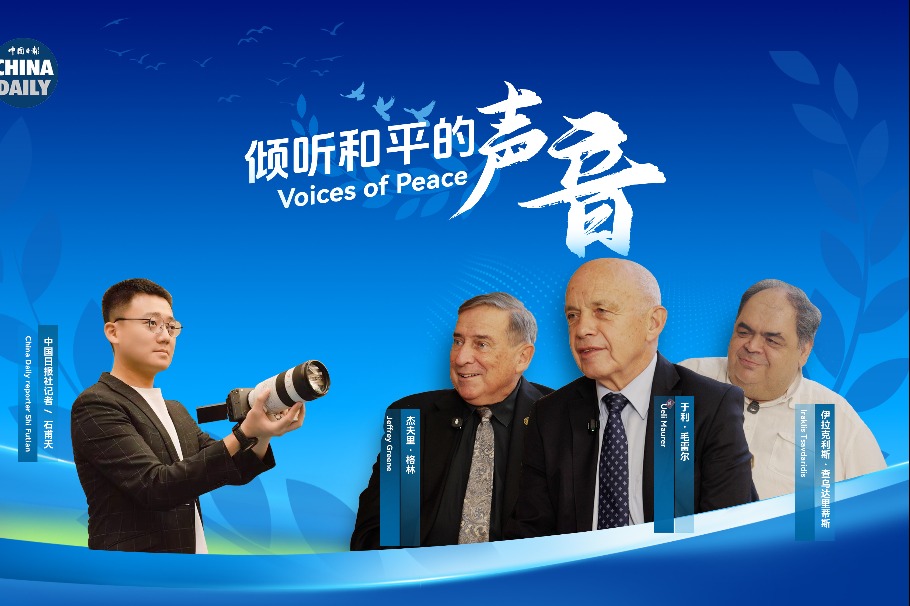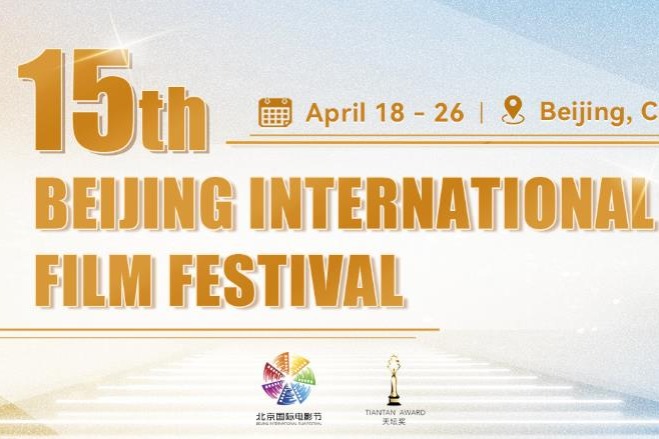Modern complements to tradition
Technology is revitalizing heritage, expanding its language, ensuring that ancient cultures resonate louder and reach farther, Yang Feiyue reports.

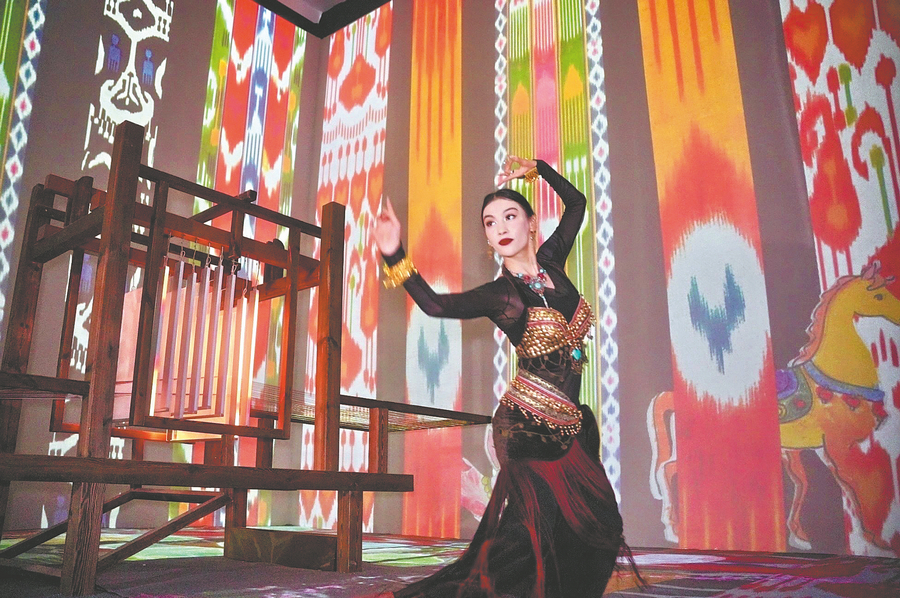
At the Exhibition of Intangible Cultural Heritage in China zone created by Fengyuzhu at the Hotan intangible cultural heritage showcase, an AI paper-cutting generation system became the most popular interactive experience, Yin said.
Visitors can have their faces scanned to generate personalized paper-cut portraits that incorporate their unique facial features. The system automatically matches patterns from a paper-cutting design database to recommend customized design proposals.
One of Fengyuzhu's landmark projects is a 24 solar terms museum in Shouxian county, Anhui.
"By combining traditional aesthetics with augmented reality, we designed AI-powered performances that visualize seasonal changes. Naked-eye 3D displays and digital flight simulations built immersive time-space narratives," Yin said.
Inside the hall, the flow of the solar terms unfolds visually. AI has also been applied to re-create the study of Western Han Dynasty (206 BC-AD 24) writer and thinker Liu An, who contributed to the formalization and systematic recording of the 24 solar terms. Watching this program, visitors can experience the origins of the solar term culture.
"The project has achieved remarkable success, attracting over 12 million visitors," Yin said.
Additionally, the reinterpretation of the martial art form called yongchun (Wing Chun) boxing by blending comic-style visuals with interactive screens has also been a hit.
Visitors have given positive reviews after they were able to mimic movements to generate their own martial arts manuals. "The guiding principle has been to make intangible cultural heritage engaging and enjoyable," Yin said.
"We achieve this by building digital archives, designing immersive storytelling environments, and creating interactive experiences that foster genuine participation," she said.
The success of these projects underscores a shift in cultural consumption — where audiences no longer simply observe, but actively participate in heritage.
This spirit of innovation is echoed by Wang from ALight, who emphasizes that "digital technology has become essential in revealing and reconstructing the expression of intangible cultural heritage".
One of ALight's projects, the Hunan Jiangyong Yao ethnic music pavilion, merges traditional Yao music, luminous projections, and interactive Nyushu — a centuries-old script created and used exclusively by women — to form a unique cross-cultural encounter.
The exhibit attracted over 12 million online views and gave a significant boost to local tourism, Wang said.
Another installation, a large-scale kinetic kite featuring a 6-meter-high projection dome and a dynamic track system, allowed visitors to pilot virtual kites through digital skies. It became an instant attraction at the 8th China Intangible Cultural Heritage Expo in Shandong last October, drawing long queues of eager participants.
These projects illustrate a new paradigm — technology is not replacing tradition but expanding its language, ensuring that ancient cultures resonate louder and reach farther than ever before, Wang said.
Contact the writer at yangfeiyue@chinadaily.com.cn


